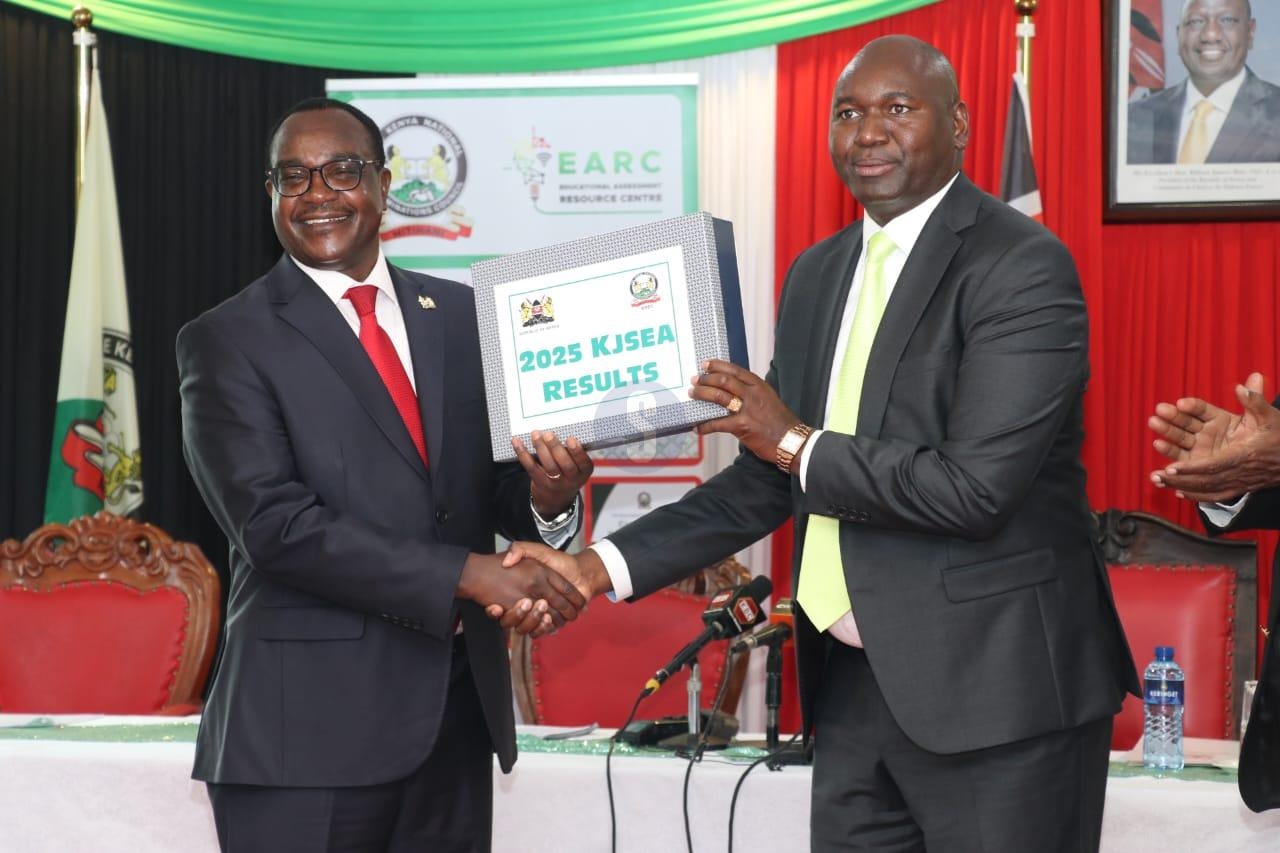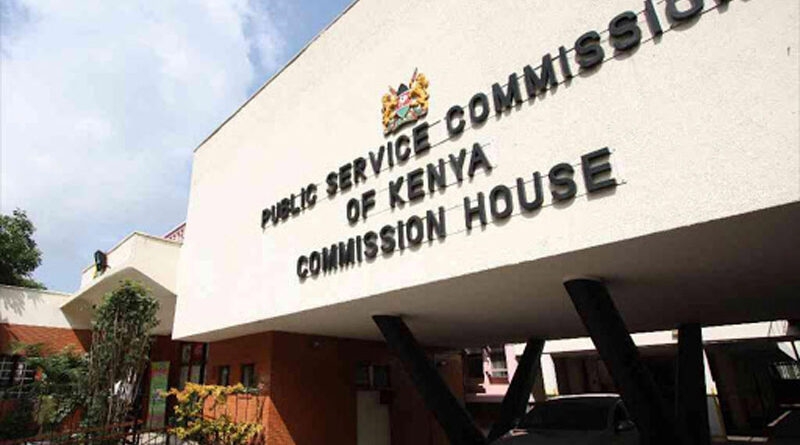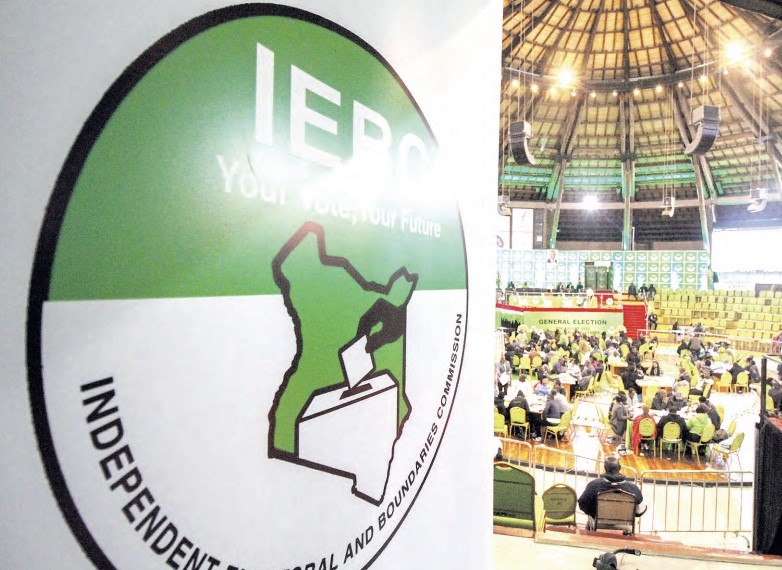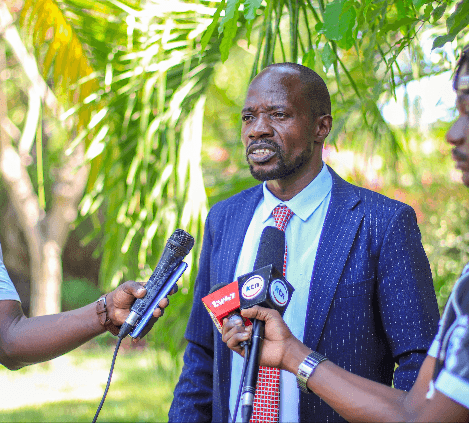
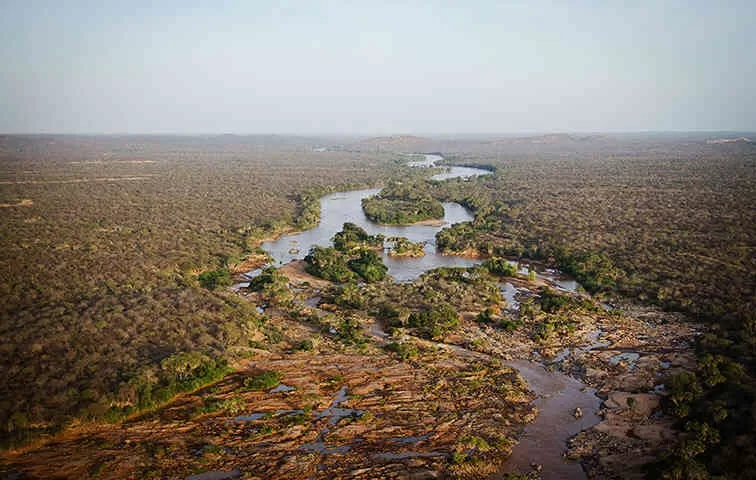
Kora National Park remains one of the country’s most
untouched and breathtaking wilderness destinations.
Located in Tana River County, this rugged landscape offers visitors a rare
opportunity to experience raw nature, far from the crowded tourist trails.
Kora is famously associated with George and Joy
Adamson, legendary wildlife conservationists who once made their home at Kampi
ya Simba inside the park.
Their story is immortalised in the award-winning film Born Free and the best-selling book of the same name.
The narrative, which follows the life of Elsa the Lioness, a cub they raised
and later released into the wild, continues to draw interest from
conservationists and travelers around the world.
As the Kenya Wildlife Service puts it, the site of Kampi ya Simba, now
preserved within the park, remains a poignant reminder of their work and
legacy.
The park’s natural beauty is enhanced by
dramatic geographical features. Towering Inselbergs-isolated rock hills—dot the
landscape, offering striking views across the savannah.
The terrain is also marked by acacia woodlands, doum palms, and a network of
seasonal rivers.
The mighty Tana River, Kenya’s longest river, forms the park’s northern
boundary and separates it from the adjacent Meru National Park.
Within the Tana River are several natural
wonders including the Adamson's Falls, Grand Falls, and Kora Rapids.
These features not only provide spectacular views but also serve as key
ecological zones that support the park’s wildlife and plant life.
Kora National Park is home to a diverse range
of wildlife. Elephants roam the expansive terrain alongside elusive predators
such as leopards, cheetahs and lions.
Visitors may also encounter Lesser Kudus, striped and spotted hyenas, and
endangered African wild dogs.
The park’s insect diversity is equally impressive, with about 500 identified
species, alongside 40 species of reptiles.
Bird watchers will find Kora a rewarding
destination, as its varied habitats support an array of birdlife. From riverine
birds along the Tana to woodland species in the acacia thickets, there are
ample opportunities for spotting rare and resident birds alike.
For those looking for adventure, the park
offers hiking trails, river rafting, rock climbing and fishing along the Tana
River.
Designated camping areas allow for overnight stays in the wild, giving
visitors a chance to fully immerse themselves in the park’s tranquil
environment.
A visit to George Adamson’s grave provides a moment of reflection on the
conservation history that Kora represents.
Kora National Park is more than a protected
area; it is a living monument to Kenya’s conservation heritage.
Its rich biodiversity, unspoiled terrain, and deep historical ties to
wildlife protection make it a destination worth exploring.
The
KWS encourages both local and international visitors to discover Kora and
experience the last wilderness.




